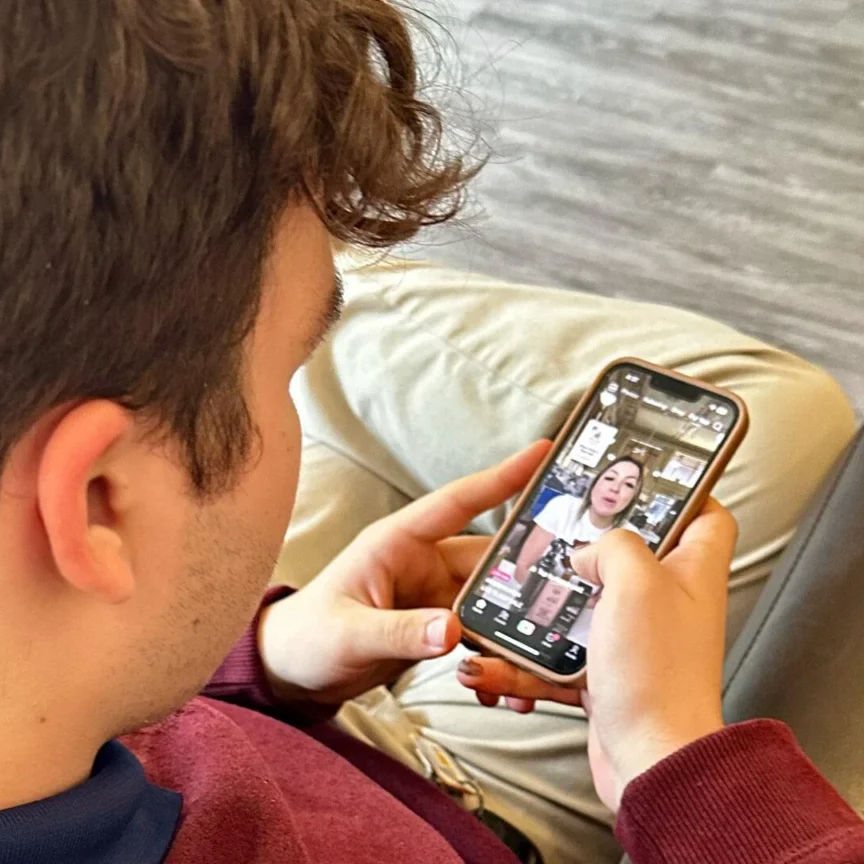Screen waivers
- Joanne Jacobs

- Feb 23, 2018
- 3 min read
Upper-middle-class parents are worried about screen time, writes Michael J. Petrilli. They worry about attention deficit disorder, violent video games, sexting or “that a thoughtless post will ruin their college applications.”
It’s perfect timing for two new books, he writes. Anya Kamenetz, NPR’s ed-tech reporter, is “mostly soothing” in The Art of Screen Time: How Your Family Can Balance Digital Media & Real Life.
Naomi Schaefer Riley is mostly alarming in Be the Parent, Please: Stop Banning Seesaws and Start Banning Snapchat: Strategies for Solving the Real Parenting Problems.
The research on how media affects children is meager and often outdated, writes Kamenetz.
. . . most studies point to what some in the field call the “dandelions-versus-orchids theory.” In short, most kids are resilient and hardy, like dandelions, and can spend time on screens without suffering ill effects. . . . A small group of kids, however, are fragile like orchids and face real dangers from excessive screen time or certain activities like gaming. Internet addiction is real and devastating for some children and their families. And while violent content per se doesn’t typically lead to greater aggression, for some kids it’s associated with greater fear and anxiety, as well as diminished sensitivity to the suffering of others.
The mother of young children, Kamenetz focuses more on little kids and less on tweens and teens, writes Petrilli. However, the book includes “helpful sections on sexting, online pornography, and cyberbullying.”
Riley, a fellow at the American Enterprise Institute and Independent Women’s Forum, “comes close to adopting an ‘abstinence-only’ approach to screen time,” writes Petrilli.
When kids get old enough to navigate their communities without supervision, Riley recommends buying them a flip phone, or even just a watch, instead of a smartphone. “You may think that you need your kid to have a phone to arrange pick-ups and drop-offs,” she writes. “But you don’t. Agree to meet at a time. You are not Uber. If something goes wrong, teach your child how to ask the adult present to contact you.” . . . Perhaps because Riley’s own children are a bit older, it’s also stronger when it comes to tweens and teens—and sometimes downright terrifying. Just as you shouldn’t look at screens before bedtime, you shouldn’t read her sections on internet porn or sexting if you have a teenager and ever want to sleep again.
Riley offers advice for parents who want to put their kids on a media diet. (My stepdaughter Gina, a blogger, freelance writer and mother of two, describes a low-stress screen-free Sunday evening. They talked!
Both authors think screen time would be better spent reading or playing, writes Petrilli. Both are dubious about screen time in school.
In a New York Times commentary, Riley focuses on the “real digital divide” between kids whose parents limit their screen time and those who don’t.
Disadvantaged children spend more time staring at screens, she writes.
According to a 2011 study by researchers at Northwestern University, minority children watch 50 percent more TV than their white peers, and they use computers for up to one and a half hours longer each day. White children spend eight hours and 36 minutes looking at a screen every day, according to a survey by the Kaiser Family Foundation, while black and Hispanic children spend 13 hours. According to a 2015 Pew report, . . . African-American teenagers are more likely to own a smartphone than any other group of teenagers in America.
Yet parents are told their children need more computer time to do well in school, writes Riley. It’s “the shiny-new-things approach to learning.”






Comments